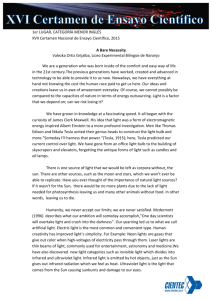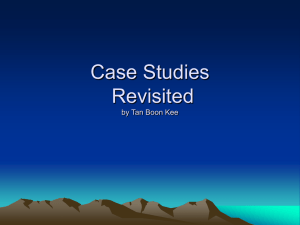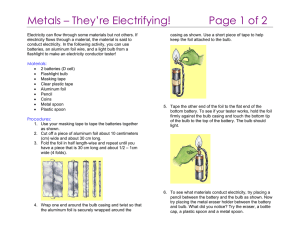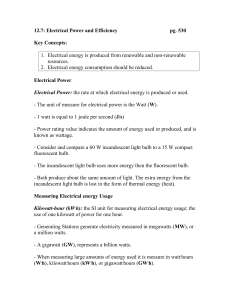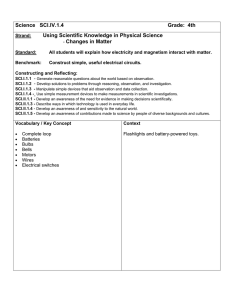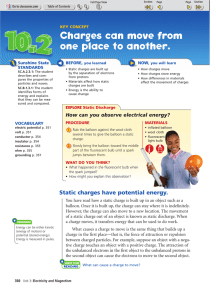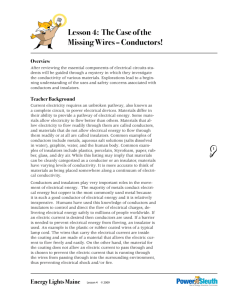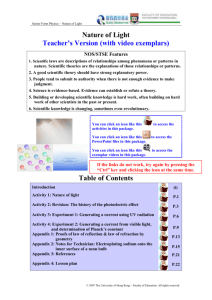Worksheet: Static Electricity
advertisement
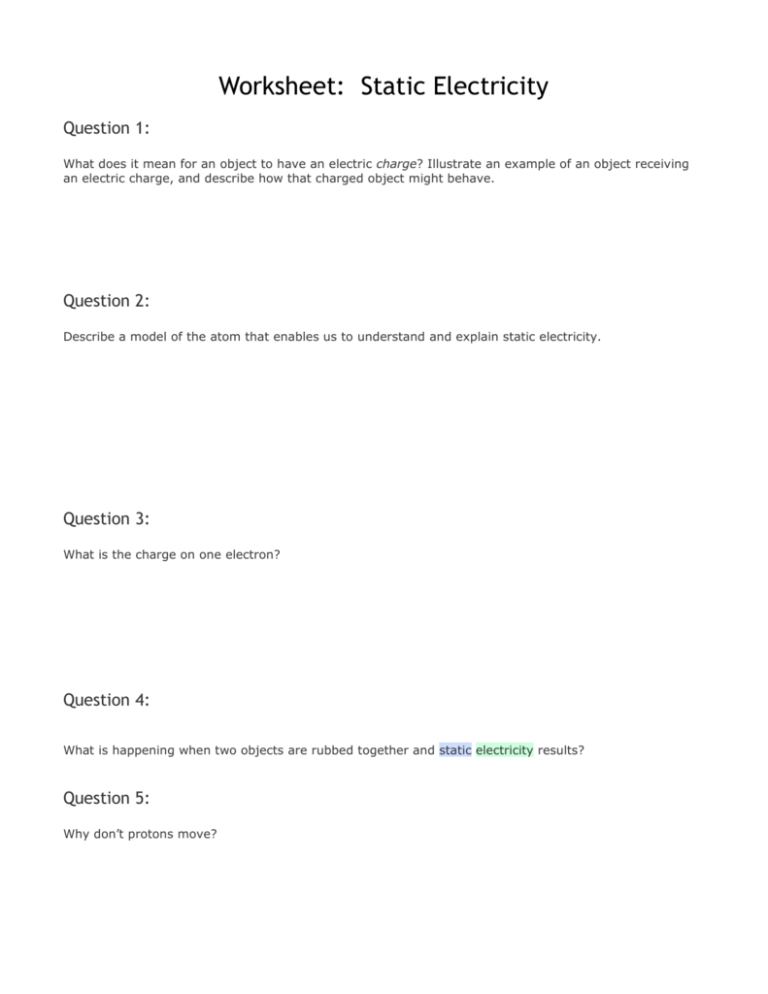
Worksheet: Static Electricity Question 1: What does it mean for an object to have an electric charge? Illustrate an example of an object receiving an electric charge, and describe how that charged object might behave. Question 2: Describe a model of the atom that enables us to understand and explain static electricity. Question 3: What is the charge on one electron? Question 4: What is happening when two objects are rubbed together and static electricity results? Question 5: Why don’t protons move? Question 6: If a positive charge is forcibly moved closer to another positive charge, mechanical work must be performed. This is analogous to compressing a spring: work must be done to cause motion against the natural repulsion of the system: This mechanical work becomes “stored" in the electric field between the charges, and is a form of potential energy. This, again, is similar to a mechanical spring, where the work done in compressing a spring is “stored" as potential energy in its compressed state. Can you think of a way to get the stored energy to be useful to us? Explain. Question 5: A co-worker of mine was once installing sheet-styrofoam insulation in the walls of his new garage. The sheets of insulation came wrapped together in bundles for easy transport and storage. One side of each sheet was covered in aluminum foil. This acted as a reflective surface for infra-red (heat) radiation, and improved the effectiveness of the insulating panel. It also happened to function as a conductor of electricity, much to the dismay of my friend. My friend found that the sheets were physically stuck together by the force of static electric charges when they were delivered to his house. Upon trying to pry two of them apart from each other, he received a surprisingly large electric shock from touching the aluminum foil surfaces of the respective panels! Explain how the physical work he did in separating the panels from each other became manifest as electrostatic energy, based on your knowledge of work, and electric charges. Question 6: Lightning is a spectacular example of naturally-generated static electricity. Explain how the vast static electric charges that cause lightning are formed by natural processes, and how those processes relate to the function of a device called a Van de Graaff generator. Question 7: A special kind of electric light known as a neon bulb is an excellent tool for demonstrating the presence of static electricity, and is easily obtained at most electronics supply shops: When a large enough static electric charge is applied between the two wires of the neon bulb, the neon gas inside will ïonize" and produce a colored flash of light. Experiment with generating your own static electricity and then making the bulb flash. Hint: it may be easier to see the bulb's flash if the room is dark. What conditions produce the brightest flash from the bulb? What materials and techniques work best for producing strong static electric charges?

